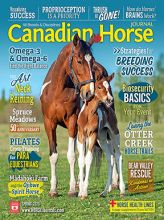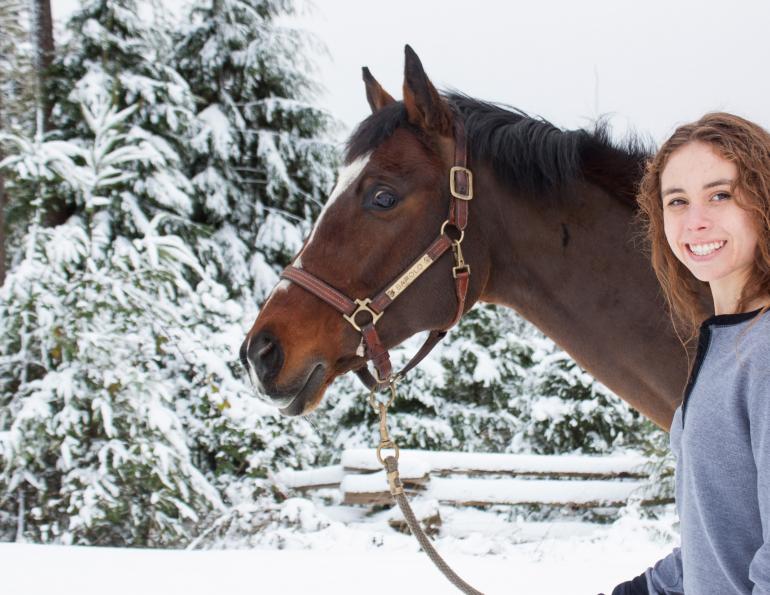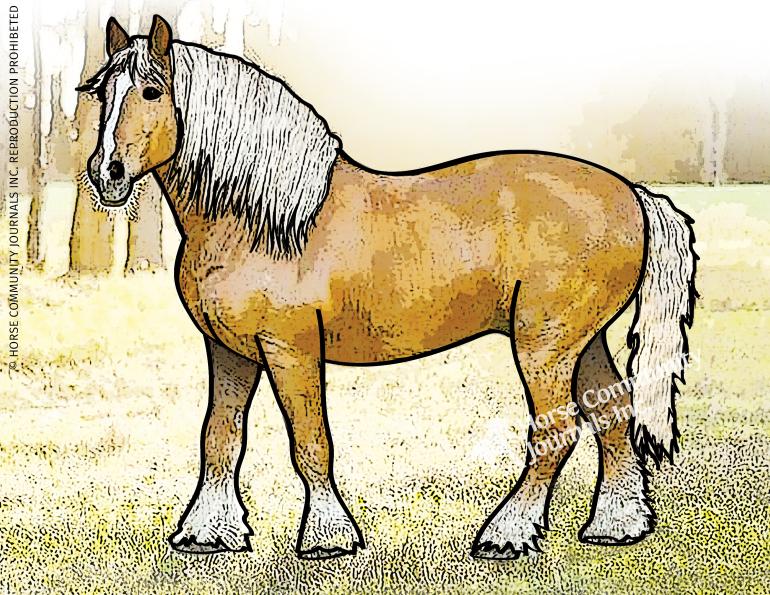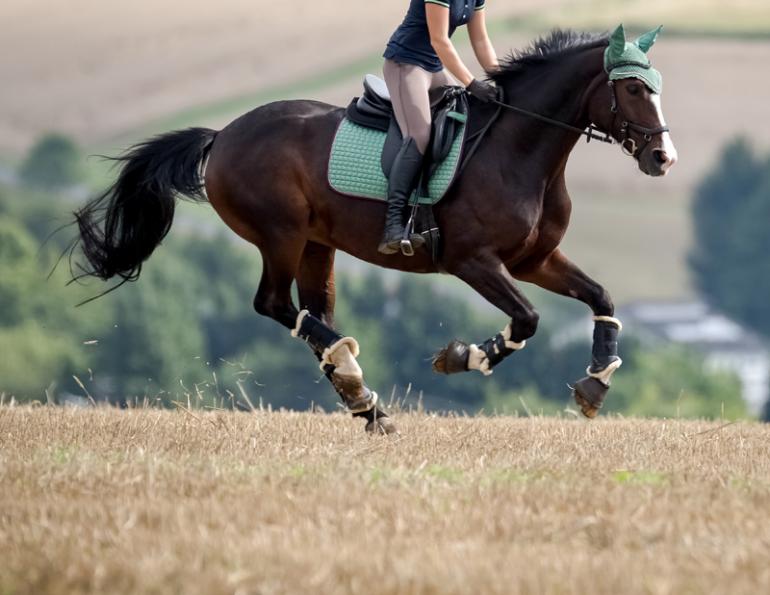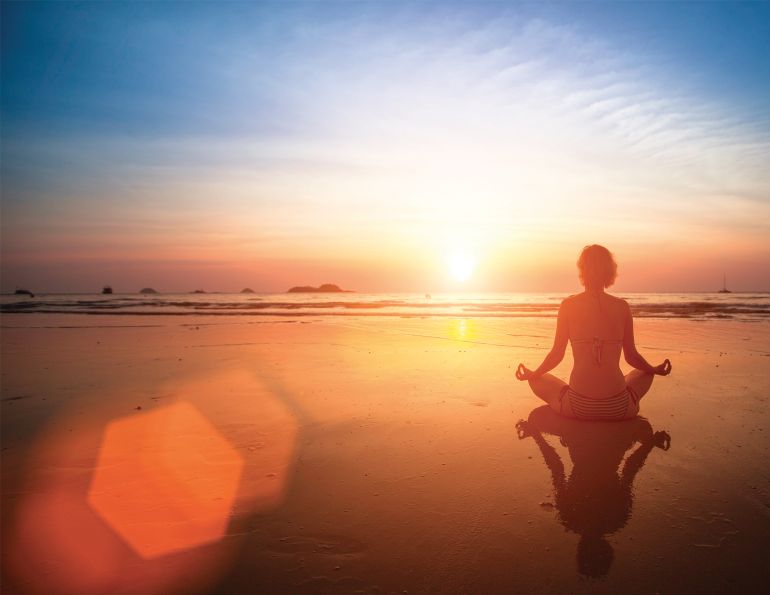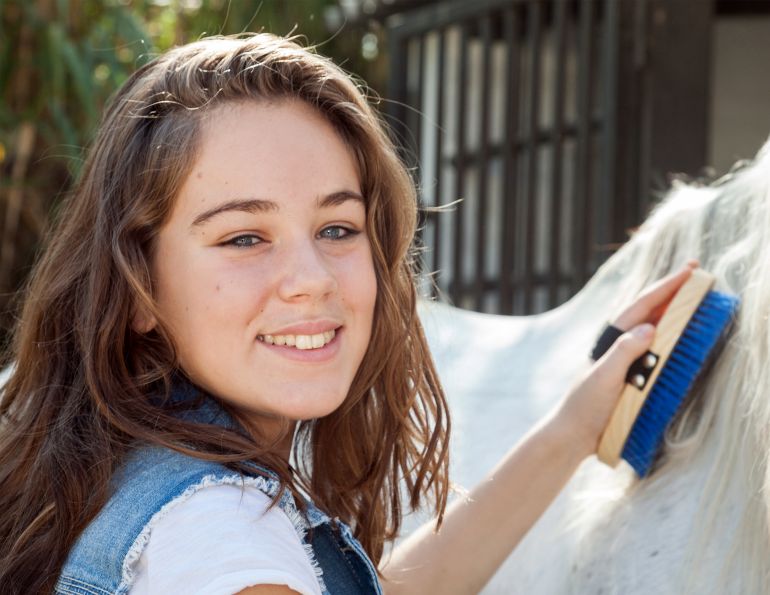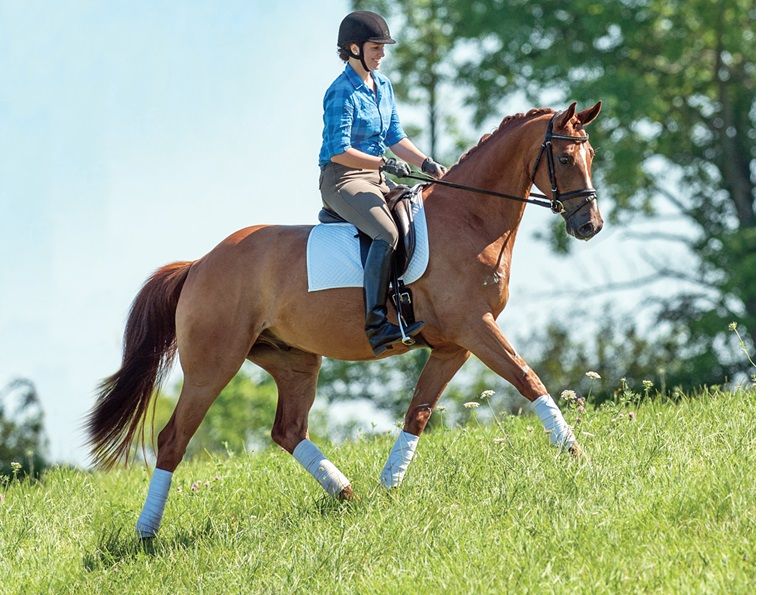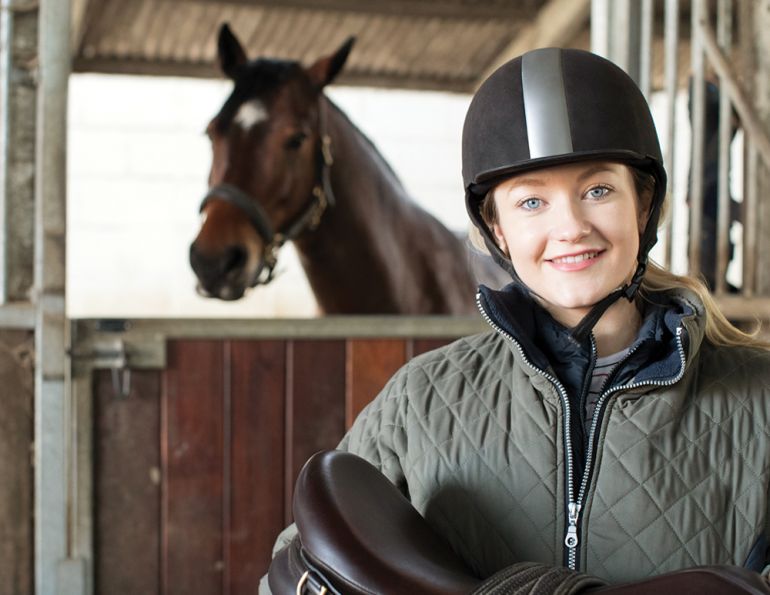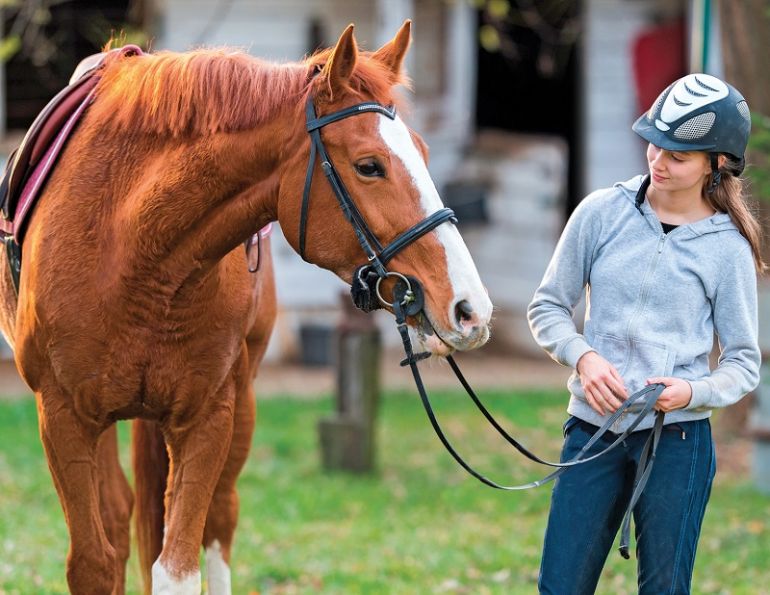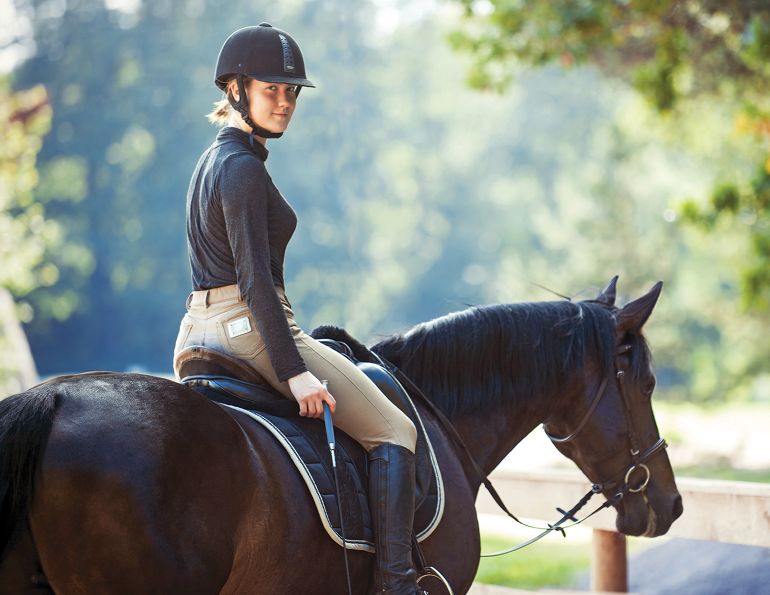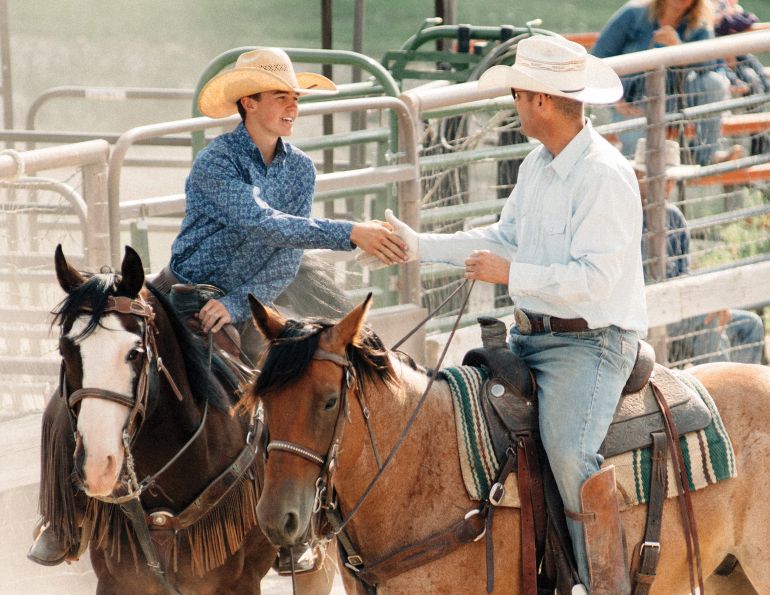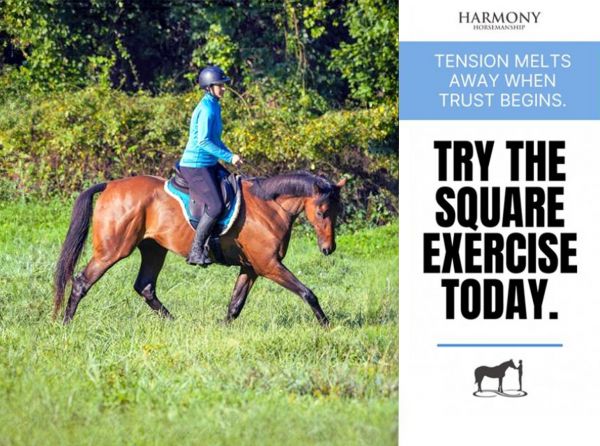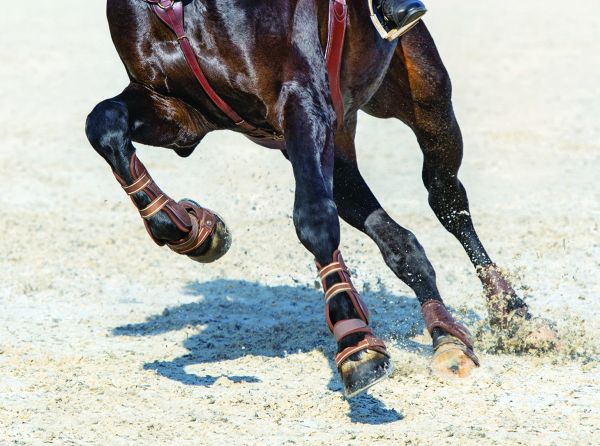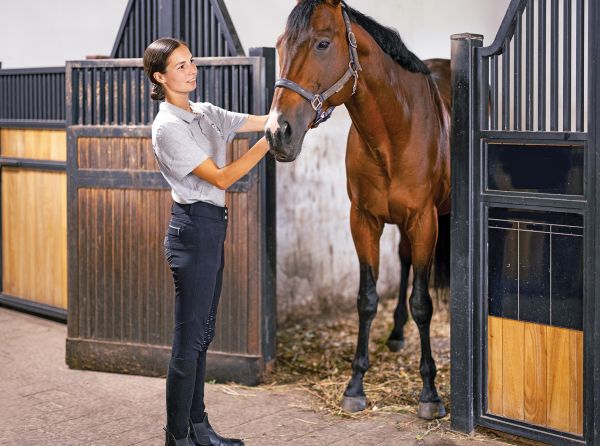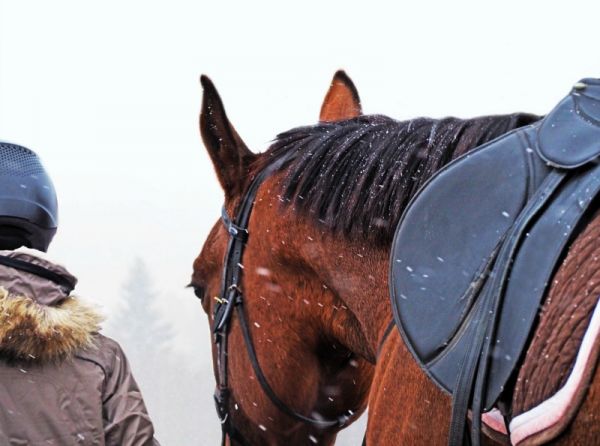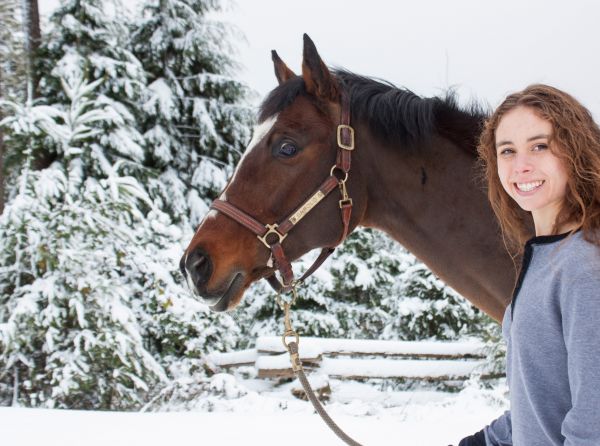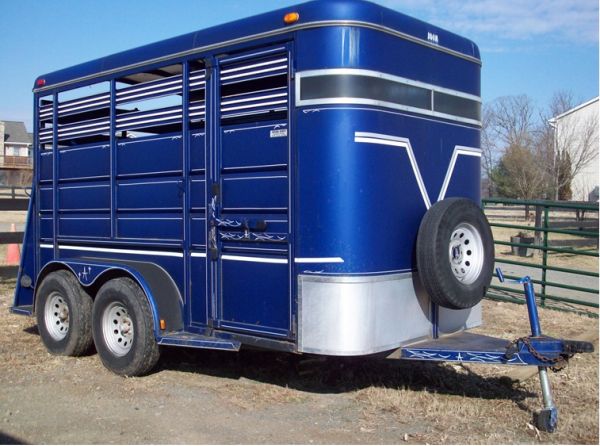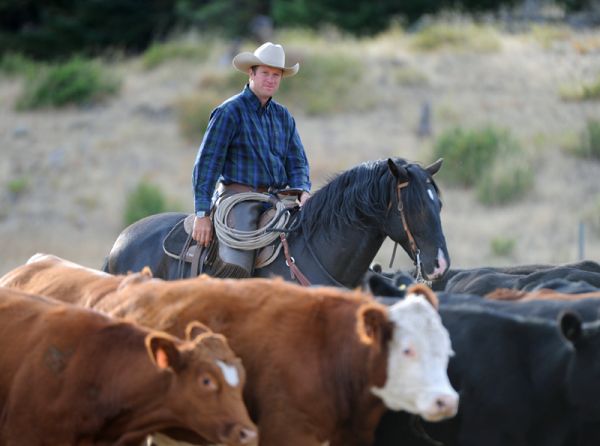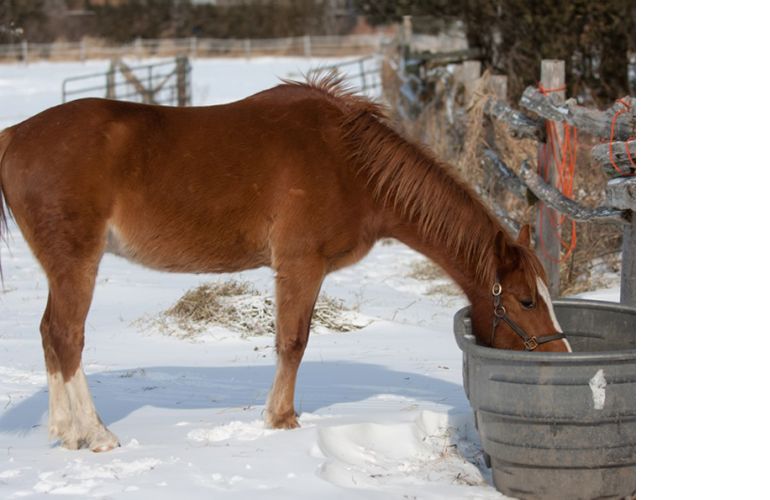By April Clay, M.Ed., Registered Psychologist
Winter riding—just the thought of it might make you shiver. Gone are the sunny days when you couldn’t wait to get outside. Now, the couch is calling, and motivation is nowhere to be found. Sound familiar? You’re not alone.
But here’s the good news: winter isn’t just an obstacle—it’s an opportunity. The best riders know how to reframe challenges into advantages. With the right mindset, you can use the season to build mental resilience, refine your skills, and come out stronger for it.
1. Shift Your Perspective: Winter Is Your Training Ground
Cold temperatures, biting wind, and unpredictable conditions may not be ideal, but they offer something valuable—mental toughness. The ability to push through discomfort is what separates good riders from great ones. If you can train yourself to embrace the challenge rather than resist it, you’ll develop a winning mindset that carries over into every ride, no matter the season.
Related: Clipping 101
The first step? Awareness. Recognize that lack of motivation is normal, but it doesn’t have to dictate your actions. Instead of focusing on what you can’t control—like the weather—shift your attention to what you can control: your mindset, preparation, and attitude.
Rather than seeing winter as an inconvenience, think of it as an advantage. The conditions force you to be more strategic, fine-tune your riding technique, and build endurance in ways that effortless summer rides never could. By embracing this challenge, you’ll set yourself up for a stronger, more confident riding season ahead.
Experiment with “calling up” positive feelings you have experienced before, much like an actor tries to “get into character”. Practice turning around a low mood/motivational state. Just think how far ahead of everyone else you will be at the next rainy cold show! You’ll be the one riding around in your zone while everyone else struggles to get tacked up. The bottom line: instead of seeing the cold as something that is challenging you, decide you will challenge it.
2. Think Warm Clothes and Thoughts
The more comfortable you can make the experience, the more likely you are to follow through. So invest in those lined riding gloves, cozy vests and fleece pants. Layer up and throw in a couple of those hot pocket packs just in case you need some extra juice. Follow up your riding session with hot chocolate or other cozy reward.
Related: Skjordue: Riding and Sliding
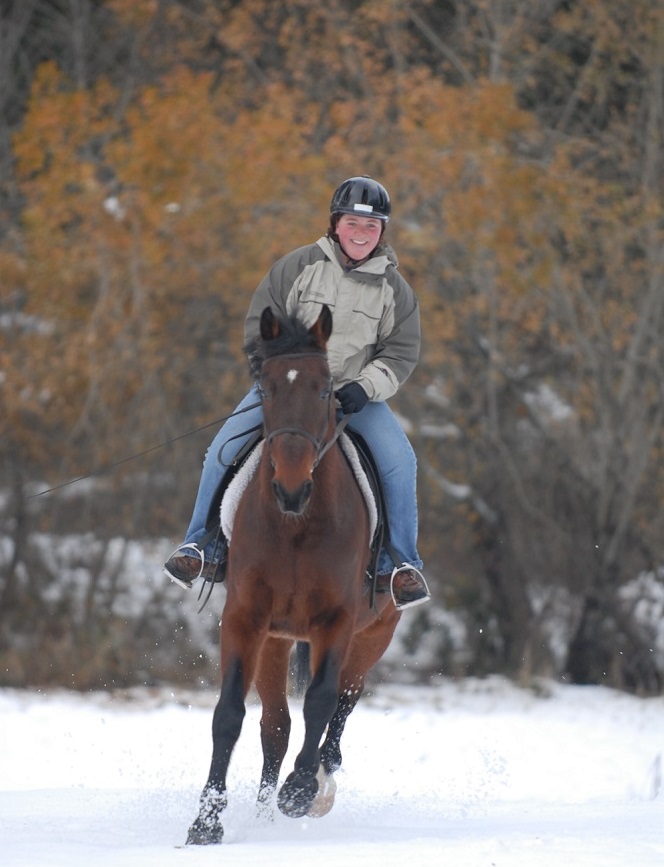
Instead of seeing the cold as something that is challenging you, decide you will challenge it. Photo: Robin Duncan Photography
There is also the possibility you can think your way to comfort. I recall one rider telling me she would always put on a right-from-the-dryer toasty undershirt to get her feeling and thinking warm thoughts. Experiment with “comfort cues”, prompts or words that put you in a contented state of mind.
Related: Trail Horse Training in the Off Season
3. Goals Can Give You Meaning
If you don’t have any targets to strive for, it will be easy for you to say “I’ll just do it tomorrow, maybe it will be warmer”. So do make sure you set goals for yourself. Begin with long-term goals and then break these down into a list of skills you will need to accomplish these goals.
Next, rate these skills on a scale from 1 to 10. Where are you right now? Realistically, how much can you seek to improve over the winter months? You may also want to consider plotting these numbers on some kind of graph or other visual, with the aim to record progress every two to three weeks. This will give you a way of “checking in”, and make you accountable to your training program. As well, it can be a quick way to eyeball your progress. It can be motivating to notice your upper body control has improved two points in the last month, and your discipline is paying off.
For extra motivational oomph, you can also post a visual cue alongside your chart. This could be a picture of your favorite rider, or even a photo of you and your horse. It doesn’t really matter what or who the picture is, as long as it elicits an emotional response when you see it. Whenever you glance its way you want it to scream, “Hey, this is why you ride! Because of this feeling it gives you!” It is normal for all of us to lose motivation at one time or another, winter or not. Using this type of cue can help you reconnect with the “why” behind your riding. Your “why” can be just the fuel you need to slog through those tough times.
4. Don’t Go It Alone
There is something to be said for the old buddy system. You know, if someone is waiting for you at the gym then you are less likely to wimp out. The same seems to hold true for the barn. If you have a riding buddy/car pool partner, the two of you can bolster each other. Strive to make realistic “riding dates” that both of you can stick to.
Related: How to Cool Out a Hot Horse in Winter
5. Set Up A Test Date
Students are more likely (at least some are) to go to class right before the big exam. You might find it helpful to set aside dates for small schooling shows, which may just be comprised of your barn-mates or even your lesson group. This way, you know there is a “test” coming up on your skills that you would do well to study for.
Mock shows can be a wonderful team building activity as well. Don’t underestimate the importance of the relationships you have with others in the barn and the influence they can have on your riding pleasure and success. So have some fun — try a wine and cheese or potluck post competition.
6. When Old Man Winter insists you stay in... Options for Horseless Training
You are going to love this form of training, I guarantee it. You can do it by a nice warm fire or even tucked into a down comforter. Visualization is a powerful mental tool that many athletes use when either finances, conditions or injuries restrict them from training.

Photo: We all need to step away and regenerate from time to time, so when you feel “barn sour” it’s okay to yourself some time off.
For simplicity’s sake, there are two ways you can set up your training session. One is to focus on a technical skill you would like to develop. An example may be improving your upper body position. See and feel yourself holding this position effectively through a variety of gaits or over jumps.
Your other choice is to engage in some “feel good” visualization. This involves focusing on seeing yourself perform or ride in a way that brings up feelings of confidence or other positive emotions. If you find yourself with more than one blustery day on your hands, you can even strive to develop what I like to call your “peak performance video library”. This contains snapshots, video clips and entire performances of you at your best. Getting to know these images well, through all your senses, can help you reach your goals by setting your mind and spirit on the right track.
Whichever type of visualization you choose, make sure you prepare yourself for your “session” by relaxing your mind and body. Take the time to do several cycles of deep breathing, or alternatively tightening and loosening all the major muscles in your body until you feel free of tension.
Another form of horseless training involves looking for ways to cross-train. If you were to make a list of all of the skills and attributes you feel a rider should possess, what would it look like? You may include things like: balanced, confident, sensitive, focused, strong, determined. Make a list that is meaningful to you, there are no wrong answers. Now in what ways, other than riding, could you seek to develop these qualities?
You could take a yoga class to develop your balance, a martial arts class to train your focus, or a class in horse communication to help understand your teammate better. An “indoor clinic” could easily be arranged with you, your stable-mates and a good stack of horse videos. Even an acting class can leave you better equipped to draw forward the kinds of emotions you will need in order to compete at your best — and what a fun way to work out your emotional muscles. You get the idea: you are only limited here by your creativity.
7. Take a Break
Finally, don’t be afraid to give yourself permission for you and your horse to have some time off. We all need to step away and regenerate, horses included. I believe the correct term is “barn sour” and it’s an affliction that can strike us humans as well. Sometimes a well deserved rest on the couch is just what you need to overcome those blahs and renew your interest in riding.
Related: The Benefits of Cantering Your Horse
Related: How to Enjoy Fall and Winter with Your Horse - 10 Ways
Main photo: CanStockPhoto/secheltgirl


